Investors who rely on inflation-linked benchmarks could find that such fund types overlook key risks such as interest rate rises and vulnerabilities from passive tracking of a benchmark.
"Inflation-linked bonds have traditionally been thought of as a buy-and-hold asset in an attempt to hedge long-term liabilities," QIC inflation director Kent Wilkes told InvestorDaily.
"This approach led to the increased use of inflation-linked benchmarks as a guide for the appropriate measure of inflation risk they should run in their fund."
However, the nature of such indices tends to be quite long, typically eight to 10 years of inflation and interest rate duration, which means investors are taking on a lot of interest rate risk.
"The issue is, when inflation is generally rising, the central banks are typically going to be increasing their interest rates and bond yields would be rising in anticipation of that," Wilkes said.
Rising bond yields mean the prices of these securities will fall and investors face a possible mark to market negative return due to their high sensitivity to interest rate moves.
Through the cycle, there are quite a number of instances where those indices gave negative real returns and also at times, negative absolute returns to investors, Wilkes said.
"QIC Global Fixed Interest doesn't believe in benchmarks for inflation management, as benchmarks are very long in interest rate risk and so investors remain highly exposed to that," he said.
Investors had been drawn to inflation-linked benchmarks as they considered them the only way to get inflation protection, he said.
"Market pricing and inflation expectations have fallen to levels where investors should be employing strategies to protect investment returns from the risks of unexpectedly higher inflation outcomes," he said.
"It's a good time for investors to be adding strategies to their portfolio and take advantage of the current cheaper inflation pricing and protection in the domestic market."
To effectively manage inflation risks QIC GFI advocates a dynamic approach to inflation protection where interest rate and inflation exposures are considered independently, Wilkes said.
"By actively managing these two key levers, the QIC GFI Inflation Plus Fund aims to deliver CPI-plus outcomes with significantly less volatility than traditional benchmark-focused inflation-linked bond funds," he said.
"Portfolio positions are continually refined to reflect current market conditions and to take advantage of opportunities as they arise. We're a strong believer that active management of inflation exposures is essential and will provide less volatile, superior return outcomes to clients."





